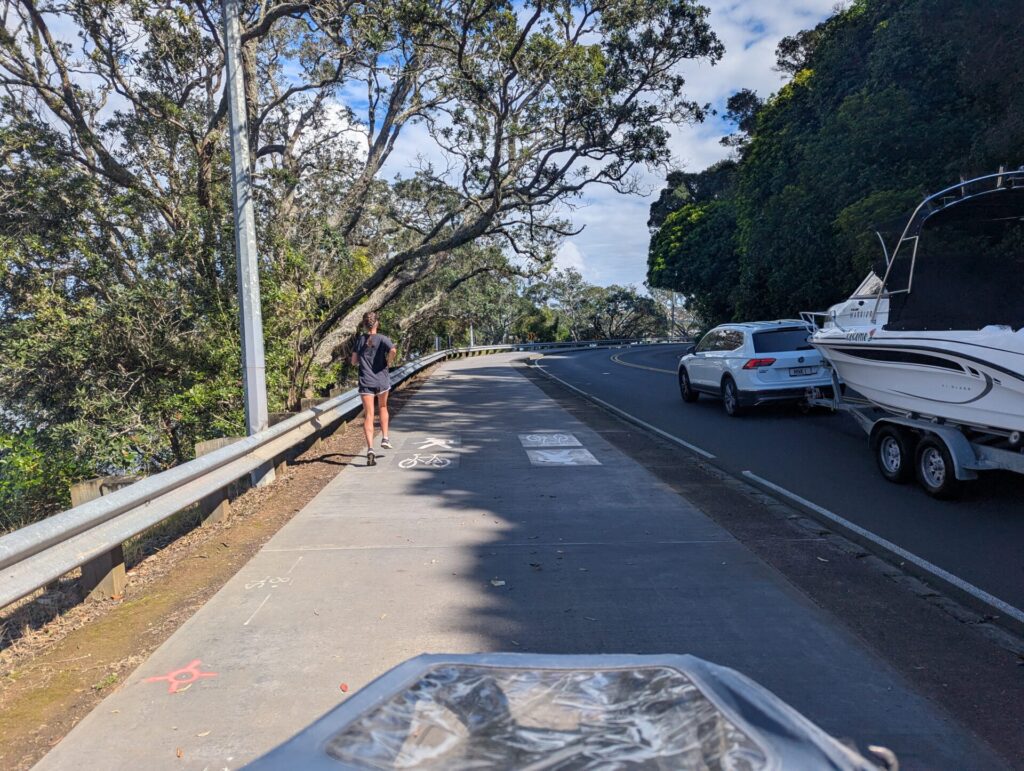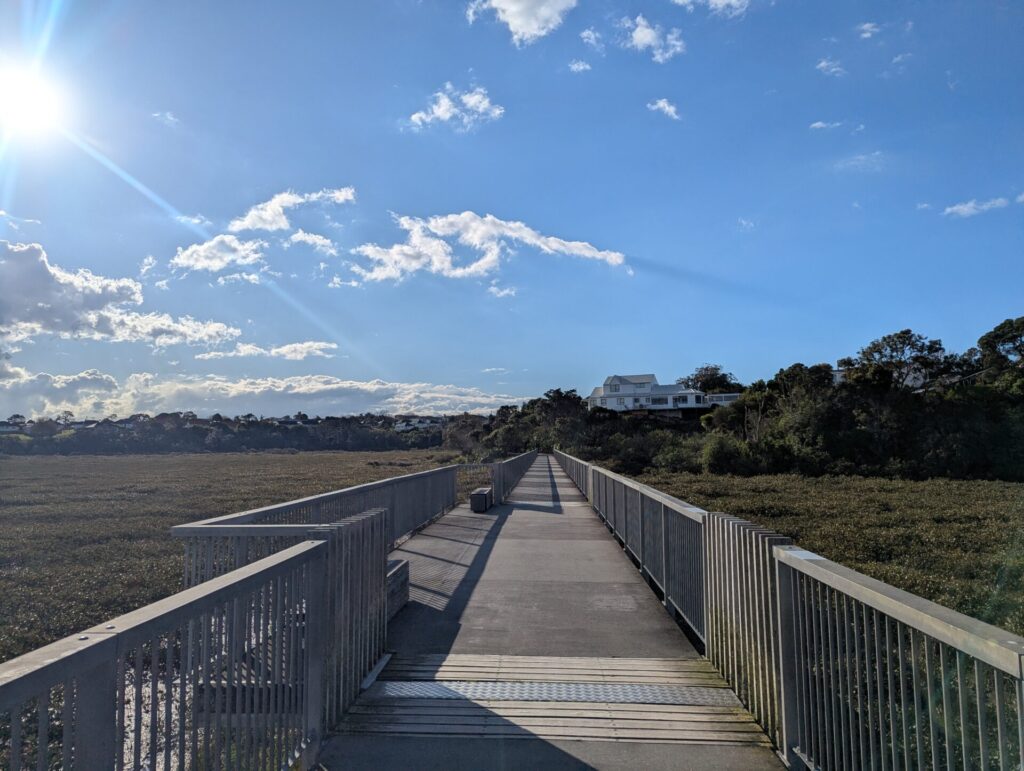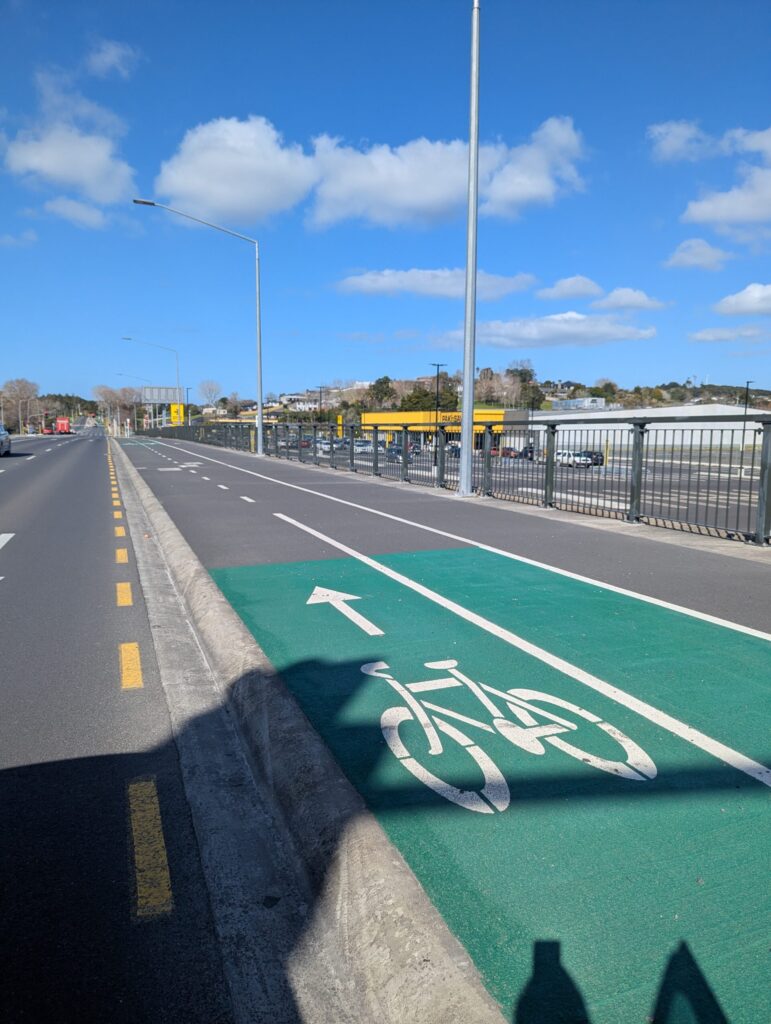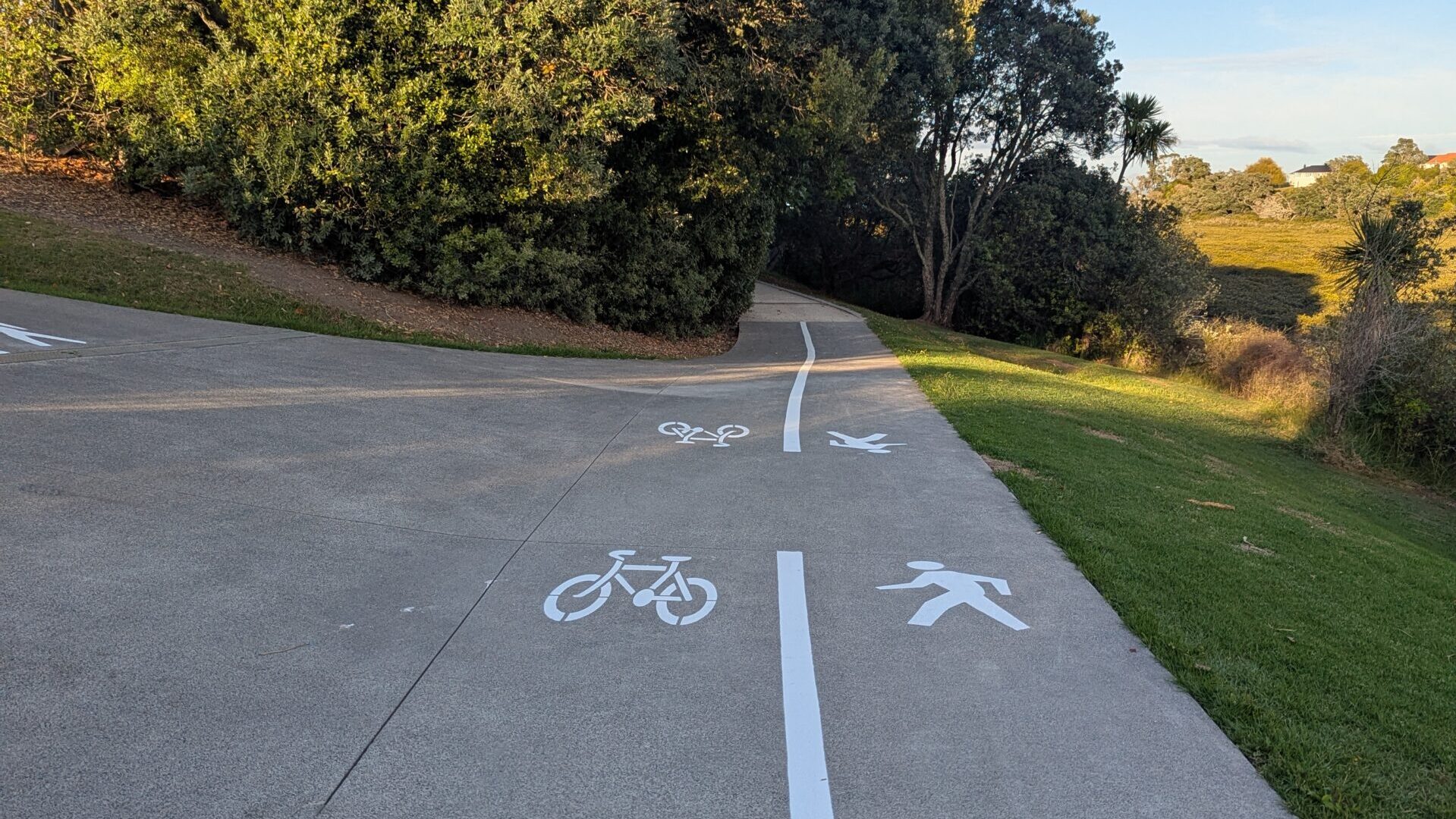Cycle Paths / Cycling infrastructure / Mobility management
We Need to Talk About Shared Paths
As a Dutch person, Mobycon Pacific Director: Lennart Nout, has always had a mild aversion to the concept of a “shared path.” It’s just not something that exists in the Netherlands. Sure, there are cycleways where walking is permitted, but the idea of a truly shared space for both pedestrians and cyclists? Not really a thing.
In my international work, I’ve had to adjust. I’ve learned to accept the idea and tried to understand the conditions under which shared paths might function. Now, living in Auckland and using a shared path daily, I’ve come to a my conclusions. Shared paths are mostly a bad idea, and this is why:

1. They’re Built for Pedestrians, Not Cyclists
Despite the name, most “shared” paths are just wider footpaths that permit cycling. This might seem like a small deviation from the Dutch model of a “cycleway you’re allowed to walk on,” but in practice, it’s a major departure.
Designing for bicycles means more than simply allowing them. It means wider paths (enough for two cyclists side by side), smoother curves, consistent surfaces, no surprise dips or steep ramps, and good sight lines. Most shared paths don’t tick these boxes. The result? A path that’s tolerable, but rarely comfortable let alone inviting for cyclists.

2. Dogs
One often-overlooked issue with shared paths: dogs.
A shared path is not just used by pedestrians and people riding bikes, they’re also used by an even less predictable user, the dog. In suburban locations where people tend to drive instead of walk, people will walk for one reason; their dogs. And when a shared path is even moderately attractive, it becomes a prime spot for dog walking. Leashed dogs create trip hazards; unleashed dogs are very unpredictable (or even scary). Either way, if you’re on a bike, you’re forced to slow down or stop to avoid running into one of these creatures. This constant disruption breaks the flow of cycling and makes the experience frustrating for both dog owner and person riding a bike (the dog doesn’t seem to care as much).
3. They Breed Conflict Between Cyclists and Pedestrians
Because the design is an inherent compromise, nobody’s happy with a shared path. Pedestrians feel unsafe with cyclists “whizzing” by. Cyclists feel frustrated navigating unpredictable walkers and dogs. Neither group feels the path is truly theirs, and they’ve got somebody to blame.
This tension feeds the stereotype of the “scofflaw cyclist,” ringing bells and zooming by at what feels like an outrageous speed of 25 km/h. When you’re on your bike, you can get offended by people lingering in the middle of the path, having the audacity to stop and chat.
Shared paths pit users against each other instead of helping them coexist.

4. They Don’t Scale
This is the real dealbreaker.
Shared paths might function (barely) when use is very light. But when they become popular, they quickly become unpleasant and even unsafe for everyone. Unlike dedicated cycleways, which can handle growing bike volumes very well, shared paths hit capacity limits fast.
As someone on LinkedIn* wisely put it: “If it doesn’t scale, it doesn’t matter.” That sums up how I feel about shared paths. Allowing people to ride on the footpath in places where there’s either a lot of space or not a lot of people is fine, but shared paths should never be on the cycling equivalent of an arterial route.
5. “Yeah but I prefer riding on the shared path in my city!”
OK so yes, shared paths often provide you with a safer, more enjoyable route than the alternative (which may be riding on the road). I’m not saying we should take these routes away. My argument is that your enjoyment of the shared path has less to do with the “shared” aspect of the shared path and more with the surrounding area. There is probably no shared path that wouldn’t be better if it had enough space to separate the pedestrians and cyclists. The only reason we have a shared path is because it was the only thing our budget allowed us to build.

So What Now?
We’re probably stuck with some shared paths for the foreseeable future. So let’s at least make the best of what we’ve got.
That means improving construction quality, smoothing transitions, and widening paths where possible. If you can create a 4 m wide path, split the pedestrians and cyclists. If you really can’t achieve 4 m, please, please don’t paint a white line down the middle “for safety” and consider the job done.
Shared paths might have a role in limited contexts, but we shouldn’t treat them as a solution for serious urban cycling infrastructure. Let’s aim higher.

